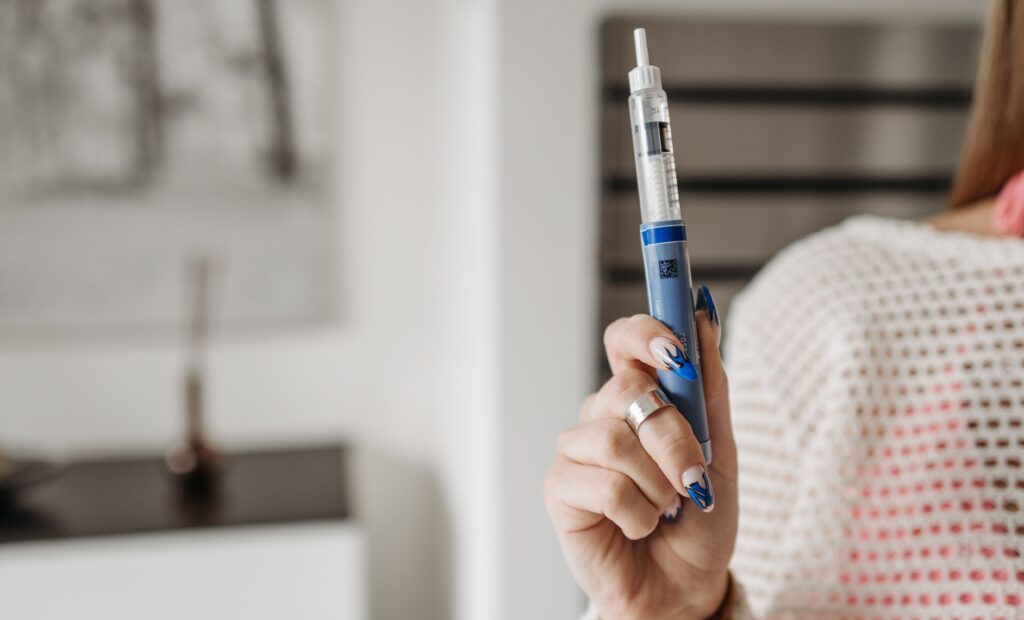Hair thinning and loss can be deeply distressing for women, impacting confidence and self-esteem. Fortunately, recent advances in hair restoration offer effective, non-surgical solutions that deliver real results.

At MD Total Wellness in Brea, CA, we specialize in addressing women’s hair loss with cutting-edge treatments like the Alma TED® system. This article explores the causes of hair loss in women and highlights modern, science-backed solutions to restore thicker, healthier hair.
Hair loss in women stems from a complex interplay of factors, often requiring a comprehensive evaluation to identify the root cause. Common contributors include:
Treating women’s hair loss requires a tailored approach, as effectiveness varies by cause and individual. Common options include:
The Alma TED® (TransEpidermal Delivery) system is a revolutionary, non-invasive hair restoration treatment that utilizes ultrasound energy to deliver a topical growth-factor formula containing over 30 active ingredients. This technology:
The Alma TED® system is FDA-cleared and designed to promote thicker, healthier hair without invasive procedures.
The Alma TED® system works by:
This approach is particularly effective for early-to-moderate hair thinning, addressing both hormonal and non-hormonal causes of hair loss.
The Alma TED® system is ideal for:
It’s less effective for scarring alopecia (e.g., frontal fibrosing alopecia), which may require other treatments.
Alma TED® treatments are straightforward and convenient:
At MD Total Wellness in Brea, CA, we take a holistic approach to women’s hair loss:
Our board-certified providers tailor treatments to your unique needs, ensuring optimal outcomes.
If you’re experiencing hair loss, MD Total Wellness is here to help. Contact us for a free consultation and scalp evaluation at our Brea, CA location. Call (714) 671-2005 or visit our website to schedule your appointment and start your journey to thicker, healthier hair.
Yes, it’s FDA-cleared, non-invasive, and pain-free, with no reported serious side effects.
No, Alma TED® is completely pain-free, requiring no needles or anesthesia.
Yes, Alma TED® can be safely combined with minoxidil, spironolactone, LLLT, or supplements for synergistic results.
Work with our medical team to build a personalized hair restoration plan.




Get MDTW updates and promotions delivered to your inbox.

© 2025 MD Total Wellness. All Rights Reserved.
Designed by Aicceleration
Restore hormone balance to improve health and quality of life.
Noninvasive pelvic floor strengthening to treat incontinence and improve sexual function.
Radiofrequency treatment to improve tone, lubrication, and sensitivity.